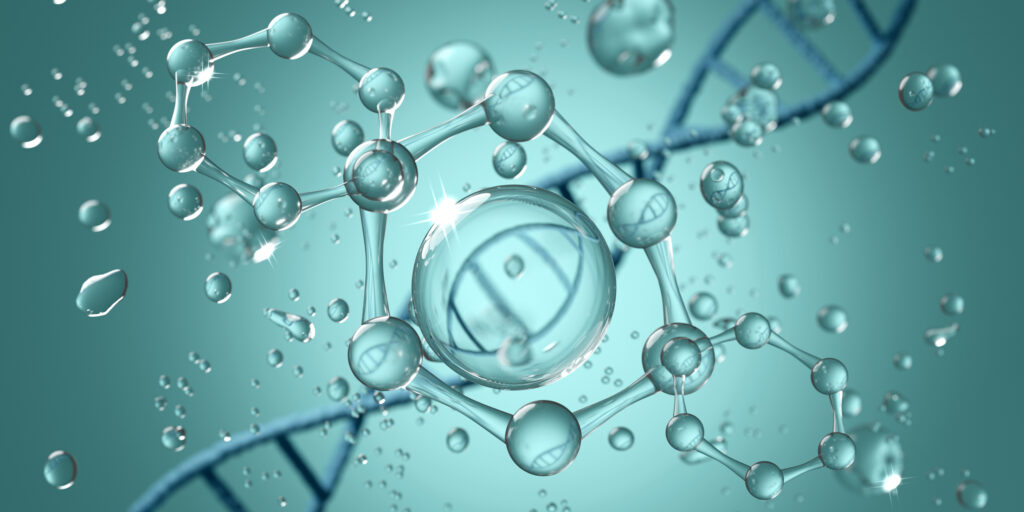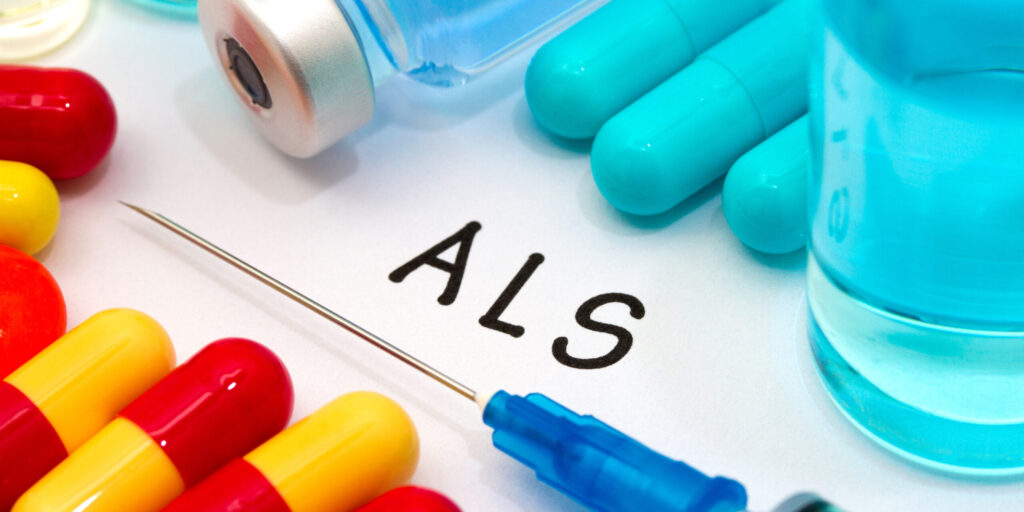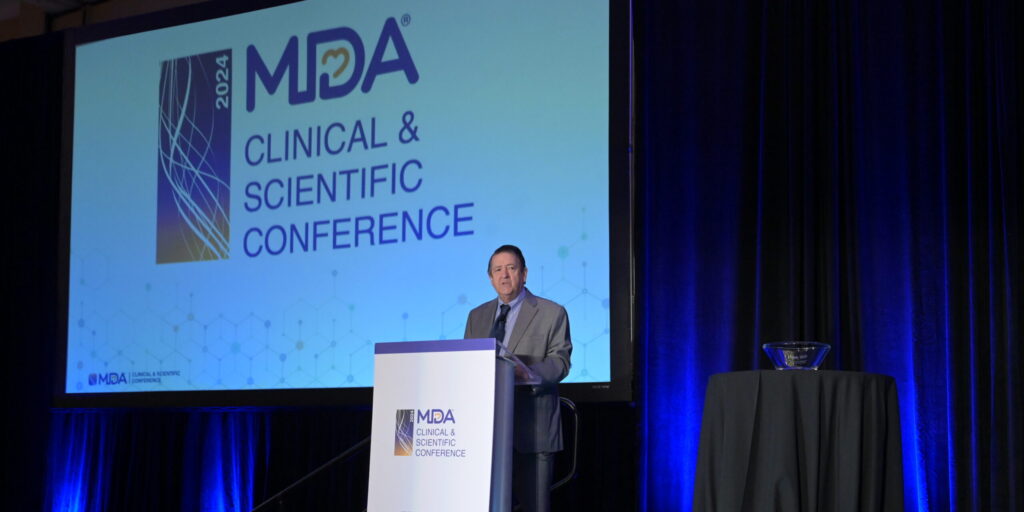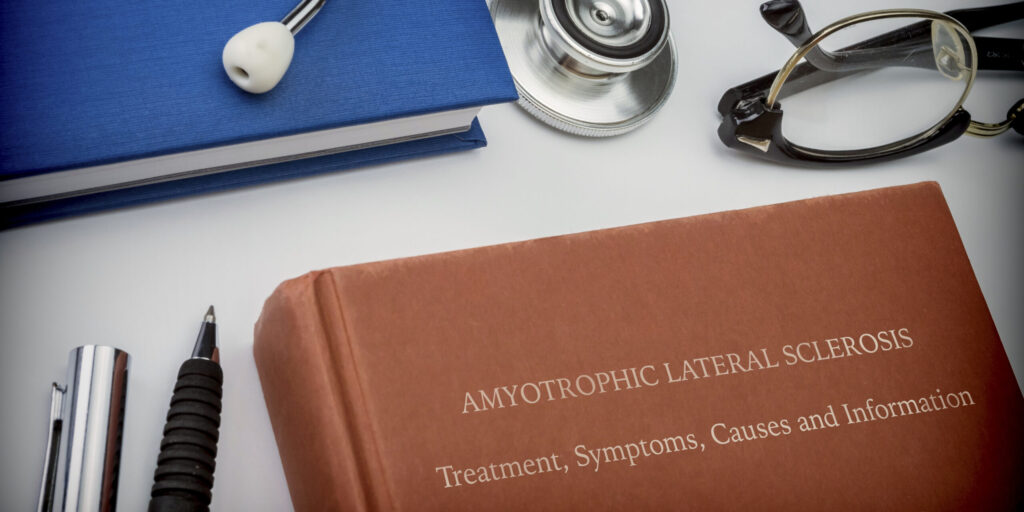
Simply Stated: Revisiting Muscular Dystrophy
By Sujatha Gurunathan | Tuesday, September 3, 2024
5 Second Summary
“Simply Stated” is a Quest column designed to explain some terms and basic facts about neuromuscular diseases.
Find more at Mdaquest.org/tag/simply-stated
The muscular dystrophies are a group of diseases that cause progressive muscle weakness (myopathy) and loss of muscle mass (atrophy). These conditions can lead to varying levels of disability in affected people. The muscular dystrophies are generally considered genetic diseases, which arise from either inherited or spontaneous gene mutations. It is estimated that about 16 to 25.1 per 100,000 people worldwide are affected by a form of muscular dystrophy. To learn more about how muscular dystrophy affects the ability to carry out everyday activities, see Simply Stated: What is Muscular Dystrophy?
Understanding muscular dystrophy
Muscular dystrophy causes an affected person’s muscles to not work properly. In a healthy person, electrical signals from the brain travel through the spinal cord and into nerves that connect to the muscles. These signals stimulate the muscles to contract. In order for this process to work, the nerves must be able to transmit the signal, and the muscles must be able to accept the signal and generate a response. In a person with muscular dystrophy, the muscle cannot respond properly to signals from the nervous system. Underlying gene mutations may cause the muscles to develop or function abnormally, become inflamed, or degenerate, preventing a normal response to the nerve signals. Muscle wasting is a common symptom of muscular dystrophy.
Muscular dystrophy types
There are many different types of muscular dystrophy, each caused by different gene mutations. In most cases, these mutations interfere with the production of proteins needed to form and maintain healthy muscle. The most common symptom across all muscular dystrophies is progressive muscle weakness. Some dystrophies also cause heart disease, pulmonary dysfunction, or reduced cognitive ability. Signs and symptoms of specific muscular dystrophies begin at different ages and in different muscle groups, depending on the condition. Some of the common types of muscular dystrophy are listed below, with links to prior posts about these disease states. Please note that the treatment options available for these conditions is evolving, with newer options available since the publication of these posts.
Duchenne muscular dystrophy (DMD) – DMD is caused by mutations in the dystrophin (DMD) gene. It is one of the most common and severe forms of muscular dystrophy, and usually affects boys in early childhood. DMD is characterized by progressive degeneration and weakness of the body’s voluntary muscles, primarily the skeletal muscles that control movement. In later stages, the heart and respiratory muscles may also be affected, leading to life-threatening complications.
Becker muscular dystrophy (BMD) – BMD is also caused by mutations is the dystrophin (DMD) gene and exhibits similar signs and symptoms to DMD. Both conditions affect skeletal muscles used for movement, as well as heart muscles. They differ, however, in their severity, age of onset, and rate of progression. In people with BMD, muscle weakness appears later in childhood or adolescence, disease symptoms are generally milder and more varied, and disease progression is slower.
Myotonic dystrophy (DM) – DM has two different forms. DM type 1 is caused by abnormal DNA expansion within the myotonic dystrophy protein kinase (DMPK) gene, while DM type 2 is caused by a similar change in the nucleic acid-binding protein (CNBP) gene (also known as ZNF9). DM is characterized by progressive muscle loss and weakness, but is more than a muscle disorder. It can affect many organs in the body, and the non-muscle-related symptoms of DM are variable and differ greatly from those of other muscular dystrophies. A common feature of DM is the inability to relax muscles following contractions, especially of the facial and neck muscles. DM can develop at any age, but typically begins in adulthood, between ages 20-30 years old.
Facioscapulohumeral muscular dystrophy (FSHD) – FSHD is caused by inappropriate expression of the DUX4 gene in adult tissues, which creates a toxic environment in muscles. FSHD affects the muscles of the face (facio), shoulders (scapulo), and upper arms (humeral), and is one of the most common forms of muscular dystrophy. Most people with FSHD begin experiencing symptoms by their 20s, although disease onset can occur anytime from infancy to middle age. Progression of FSHD is typically slow, but the symptoms, severity, and progression of disease can vary greatly between different people.
Limb-girdle muscular dystrophy (LGMD) – LGMD is a diverse group of muscular dystrophies that cause progressive weakness in the hip and shoulder muscles. LGMD results from mutations in dozens of genes, and different LGMD subtypes are associated with different underlying gene mutations. In general, the genes associated with LGMD encode proteins that are vital for muscle function, regulation, or repair. In most cases, LGMD develops in late childhood or early adulthood. Some LGMD types progress quickly and can be life-threatening, while others develop more slowly.
Oculopharyngeal muscular dystrophy (OPMD) – OPMD is caused by an abnormal DNA expansion in the PABPN1 gene. OPMD is characterized by weakness of the eyelids (ocular) and throat (pharyngeal) muscles. In some cases, OPMD also causes muscle weakness in the arms and legs. The symptoms of OPMD usually begin around the age of 40-50 years old, but can occur earlier or later in some people.
Emery-Dreifuss muscular dystrophy (EDMD) – Researchers have identified several genes that, when defective, lead to forms of EDMD. Most of these identified genes encode proteins in the membrane surrounding the cell’s nucleus (structure that holds genetic information). EDMD affects muscle and joint function in the shoulders, upper arms, and lower legs, and is often associated with cardiac complications. Many people with EDMD begin experiencing symptoms by the age of 10 years old, though symptoms can appear as late as the mid-20s. Symptoms of EDMD typically progress slowly during the first three decades of life, and then advance more rapidly later in life.
Congenital muscular dystrophy (CMD) – CMD refers to a group of muscular dystrophies that become apparent within the first two years after birth. Most CMD types are caused by gene mutations that disrupt interactions between the extracellular matrix (ECM) that surrounds and supports muscle cells and the muscle cell membrane. There are dozens of recognized subtypes of CMD, and symptoms, severity, and progression of disease can vary greatly by disease subtype. In general, CMD is characterized by decreased muscle tone (hypotonia), progressive muscle weakness and degeneration (atrophy), abnormal locking of joints (contractures), spinal rigidity, and delays in reaching motor milestones. In some cases, potentially life-threatening complications such as feeding difficulties and breathing issues can develop. Most CMDs progress slowly over a long period of time.
Diagnostic roadmap for muscular dystrophy
A diagnosis of muscular dystrophy is typically based on a combination of clinical examination and genetic and/or laboratory testing. The doctor is likely to start by taking a medical history and conducting a physical examination. Then, the doctor might recommend some of the following diagnostic tests:
Creatine kinase (CK) tests – Damaged muscles release enzymes, such as creatine kinase (CK), into the blood. In most cases of muscular dystrophy, elevation of blood CK levels is one of the earlier indications of disease.
Genetic testing – Blood samples can be examined for mutations in genes that cause muscular dystrophy. The doctor may order a neuromuscular disease genetic testing panel, which can screen for many muscle disease states, and then order more targeted gene testing to confirm a particular diagnosis.
Muscle biopsy – An incision or a hollow needle can be used to extract a small piece of muscle tissue. Analysis of the tissue sample can help identify muscular dystrophies.
Electromyography – This test uses an electrode needle inserted into the muscle to measure electrical activity as the patient relaxes and tightens the muscle. Alterations in the pattern of electrical activity can confirm a muscle disease.
As needed, heart-monitoring (electrocardiography, echocardiogram) and lung-monitoring (pulmonary function) tests may be used to check heart and lung function, respectively.
Where to find more information about muscular dystrophy
If you are experiencing symptoms or have a family history of muscular dystrophy, speak to your doctor about next steps. The doctor may recommend genetic testing and counseling to evaluate a person’s risk of developing a condition or having a child with muscular dystrophy. Furthermore, multidisciplinary care can help manage symptoms and improve quality of life, and disease-modifying treatments have been approved or are in development for various forms of muscular dystrophy. Treatment is based on each person’s symptoms and may include medications, physical therapy, and consultation with specialists.
For more information about the signs and symptoms of muscular dystrophy, as well an overview of diagnosis, prognosis, and care management concerns, an in-depth review can be found from LaPelusa, et al.
MDA’s Resource Center provides support, guidance, and resources for patients and families, including information about muscular dystrophy, open clinical trials, and other services. Contact the MDA Resource Center at 1-833-ASK-MDA1 or [email protected].
Next Steps and Useful Resources
- For more information about the different types of Muscular Dystrophy, a full list of diseases can be found here.
- To learn more about how muscular dystrophy affects the ability to carry out everyday activities, see Simply Stated: What is Muscular Dystrophy?
- For more information about the signs and symptoms of muscular dystrophy, as well an overview of diagnosis, prognosis, and care management concerns, an in-depth review can be found from LaPelusa, et al.
- MDA’s Resource Center provides support, guidance, and resources for patients and families, including information about exon skipping therapies, open clinical trials, and other services. Contact the MDA Resource Center at 1-833-ASK-MDA1 or [email protected].
- Stay up-to-date on Quest content! Subscribe to Quest Magazine and Newsletter.
Disclaimer: No content on this site should ever be used as a substitute for direct medical advice from your doctor or other qualified clinician.




